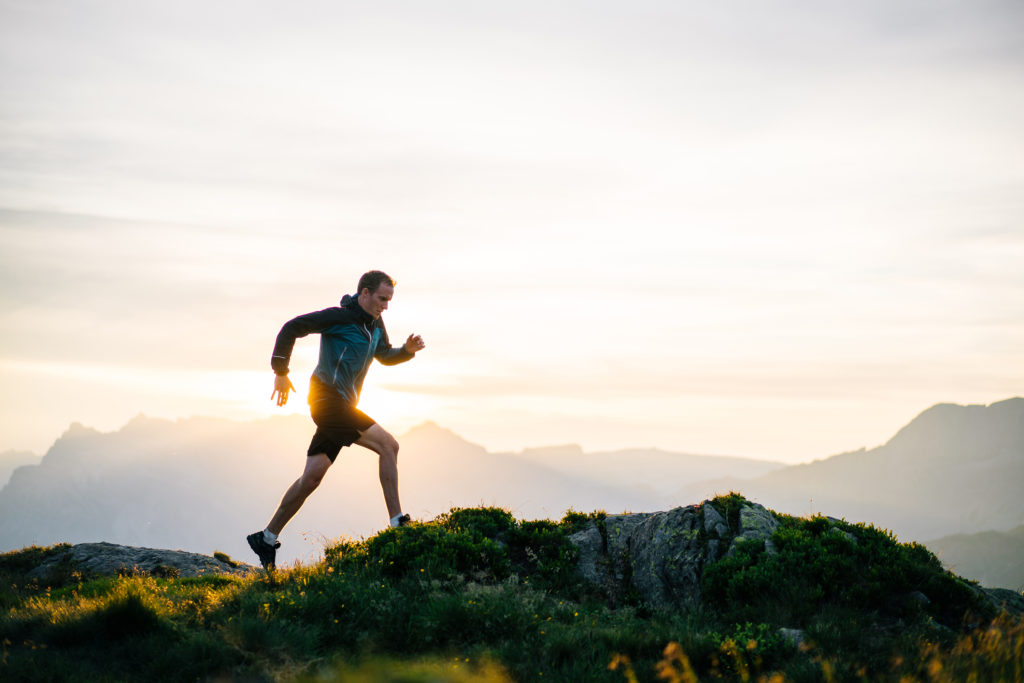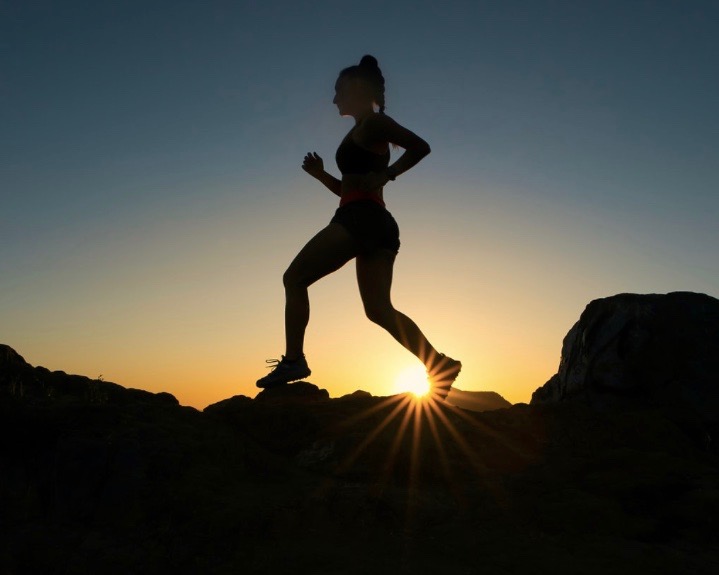Get out!
Boost Your Body and Mind—Exercise Outside
Walking. Jogging. Running. Hiking. Sashaying. Whatever your style, most of us know that taking your steps outside is good for your heart, body, mood, and mind.
In fact, a UK study of 50,000 walkers—a variety of ages of men and women—found that walking briskly on the regular translates to a 20 percent reduction in all-cause mortality. It was also associated with a 24 percent reduction in cardiovascular disease!
Mental benefits are major too, often the reason people stick to the activity. Boosting your feelings of well-being is one of the best antidotes to the stressors we face today, and can be addictive in the best way.
While getting outside and exercising is an ultimate stress-buster, it can also cause its own share of worry if you’re not properly prepared. Reducing our risk of injury is important…but not hard to do!
First, what kind of injuries are we talking about when it comes to stepping outside this summer? Although injury risk is typically lower than in other sports, certain injuries, pain, or discomfort may appear suddenly or gradually over the course of walking, running, and hiking. From pain and inflammation in the knees, to achilles issues, to rolled ankles, there are many ways our bodies warn us that it’s time to get off our feet.

Before You Go
The best way to reduce your injury risk is to do a maintenance check on your body—i.e., visit a physiotherapist! Even if you’ve never experienced any painful symptoms or injury, some sessions at Optimize Physio can help you perform better. A handful of things we can do include:
- Examining your health, injury history, and physical routines
- Checking out the mobility and flexibility of your muscles and joints necessary for the activity you like to do
- Creating an action plan to correct movements if necessary
- Teaching you exercises that will improve your mobility, flexibility, strength and endurance
- Pain management or preparation tips for a long, physical day outside
- Teach you how to tape to stabilize a muscle or joint
- Other specialized physiotherapy treatments that may boost your wellbeing, like massage therapy, occupational therapy, osteopathy, kinesiology or nutritional guidance
You’re In It
You’re outside, you’ve found your groove, and it feels great. But later, back at home, it hits—ouch! Feeling muscle fatigue after a run or hike (24-48 hours after), especially at the start of the season or after a particularly long distance, is perfectly normal.

So what’s not normal?
- You can’t stand on your ankle
- You feel extreme pain in the Achilles tendon when moving
- You experience sharp or specific body pain
- You are very stiff for several days or more after a hike or run
- You feel overwhelmingly tired after your activity
If any of these happen to you, reach out to us ASAP. Time is of the essence because an injury that is not treated quickly may take longer to heal. And with how short our summers are, we all want to make the most of them!
No matter where you are on your walking, running, or hiking journey, give us a call. We’re here to help set you down a path where you feel great all summer long.